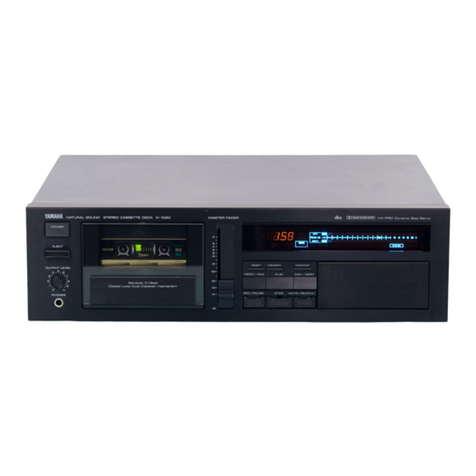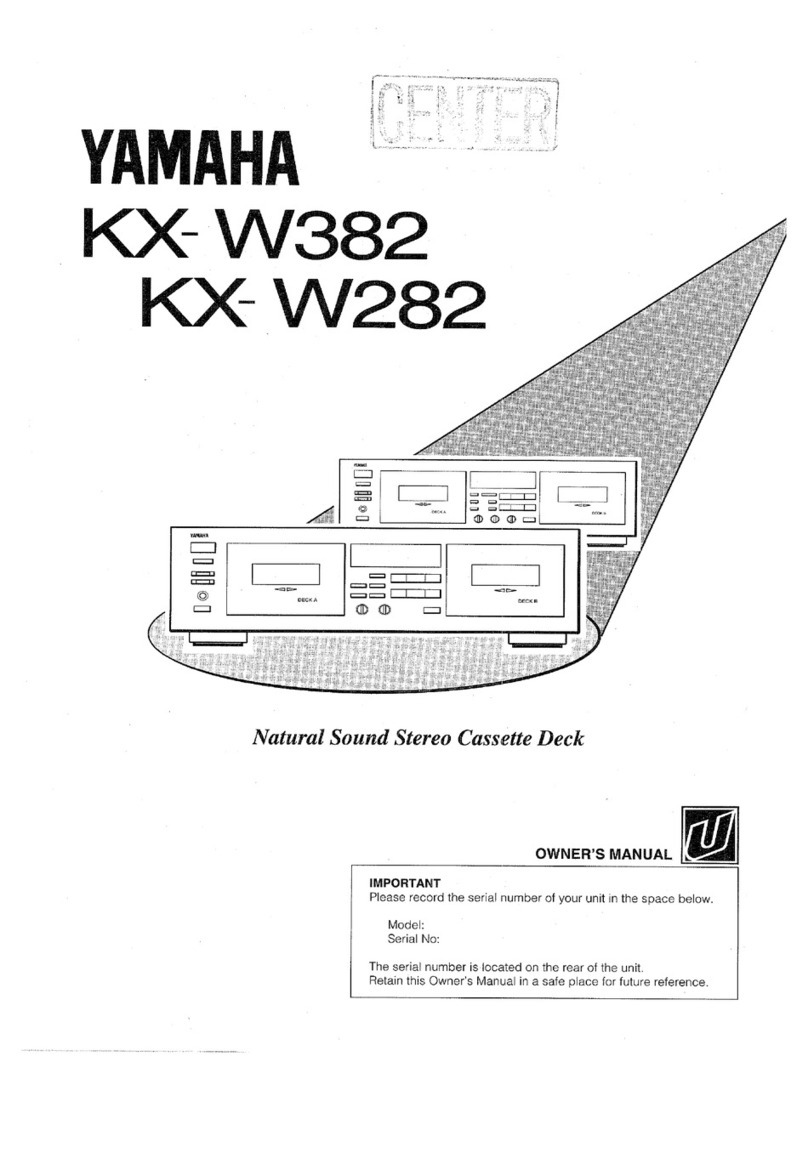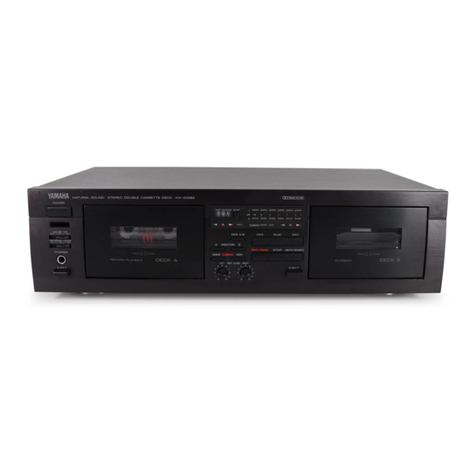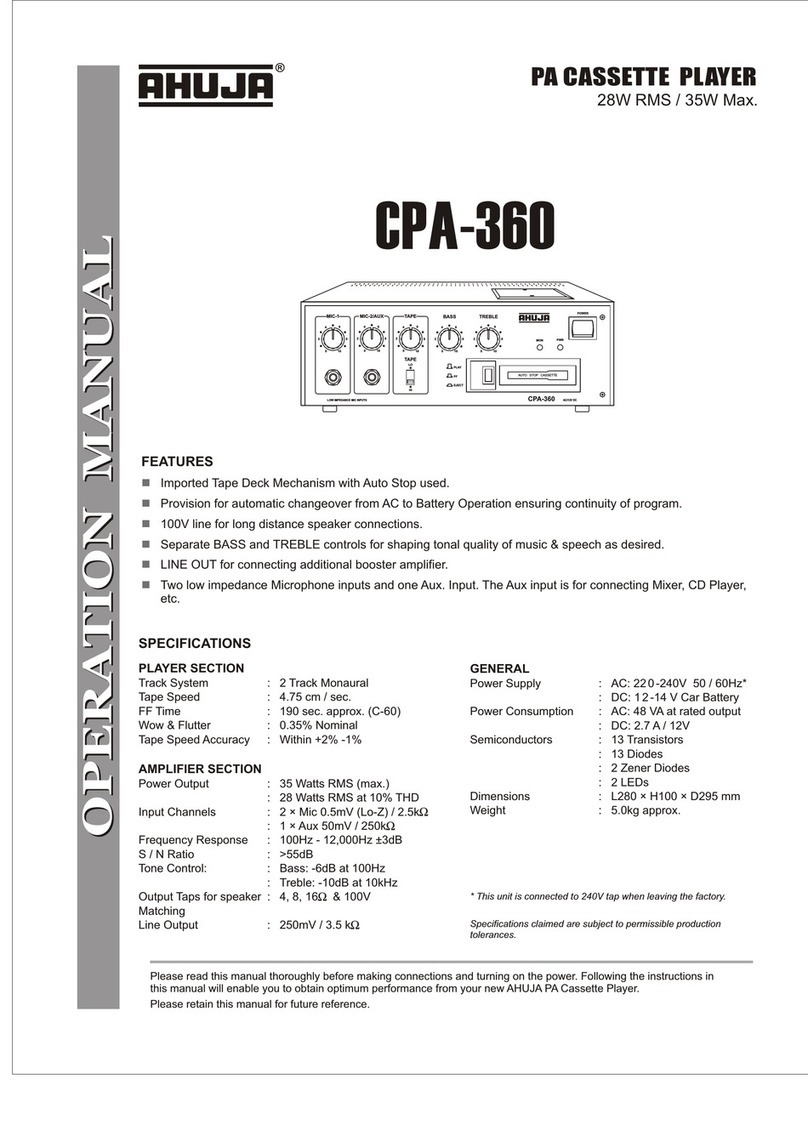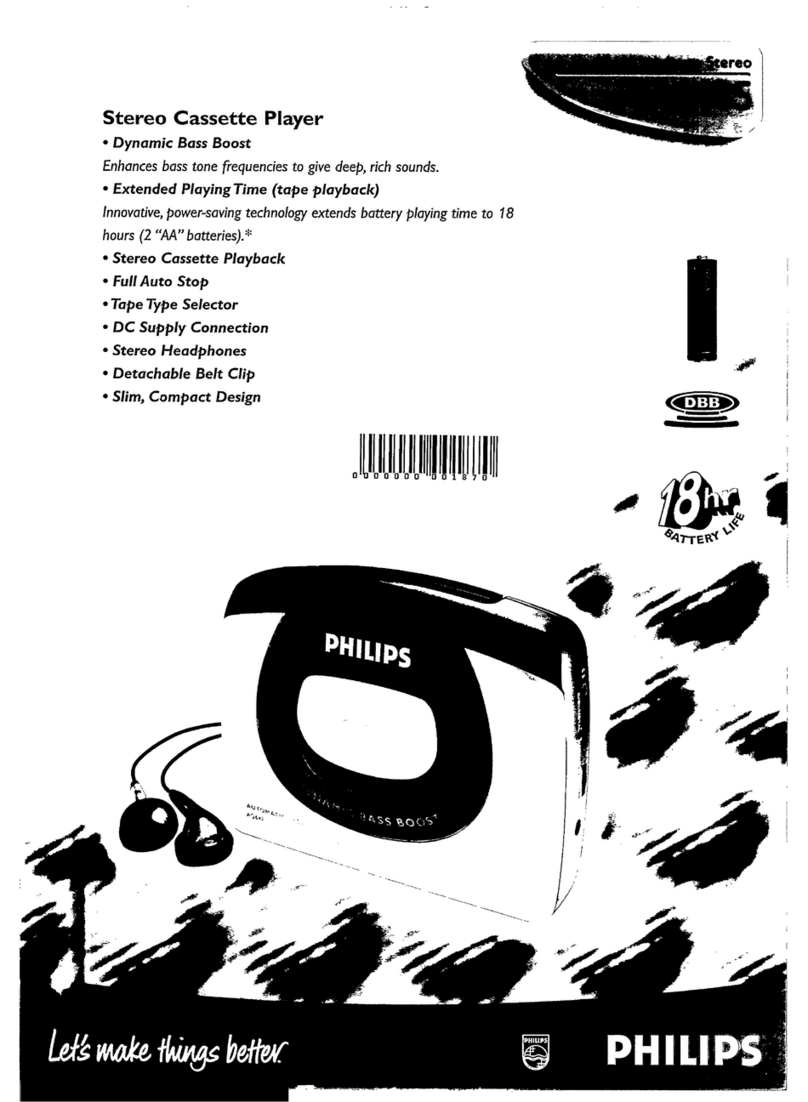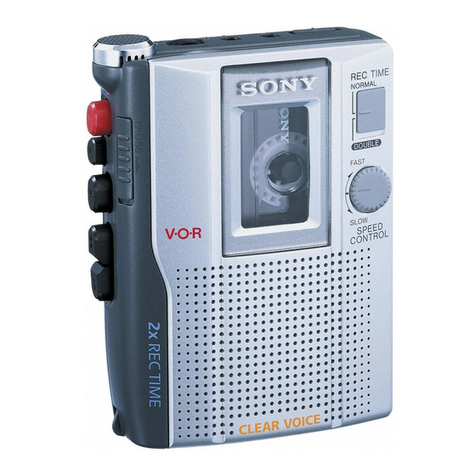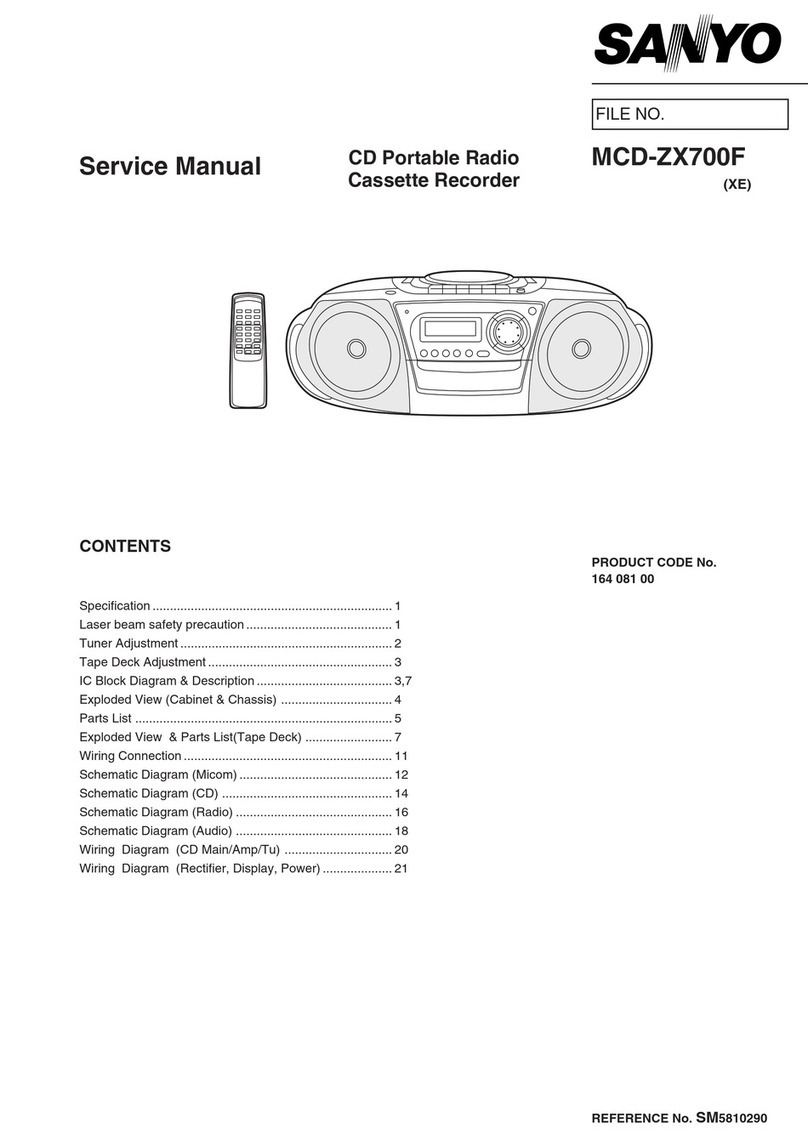Yamaha MT100 User manual
Other Yamaha Cassette Player manuals
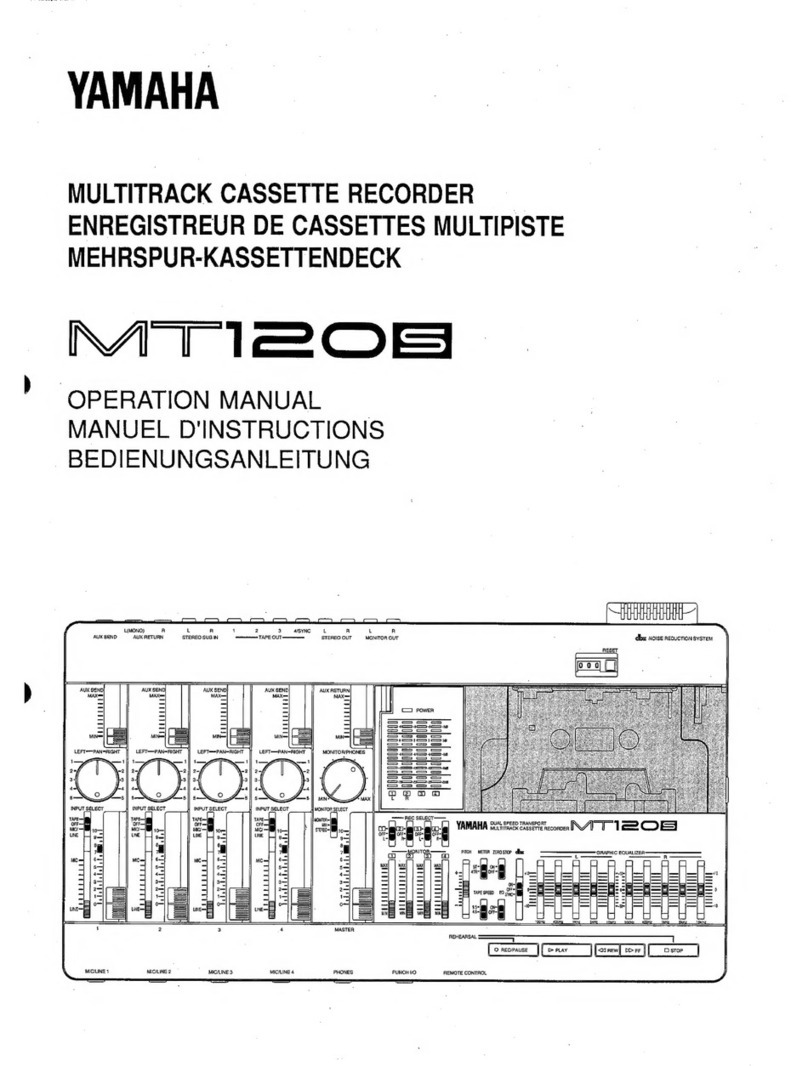
Yamaha
Yamaha MT120S User manual
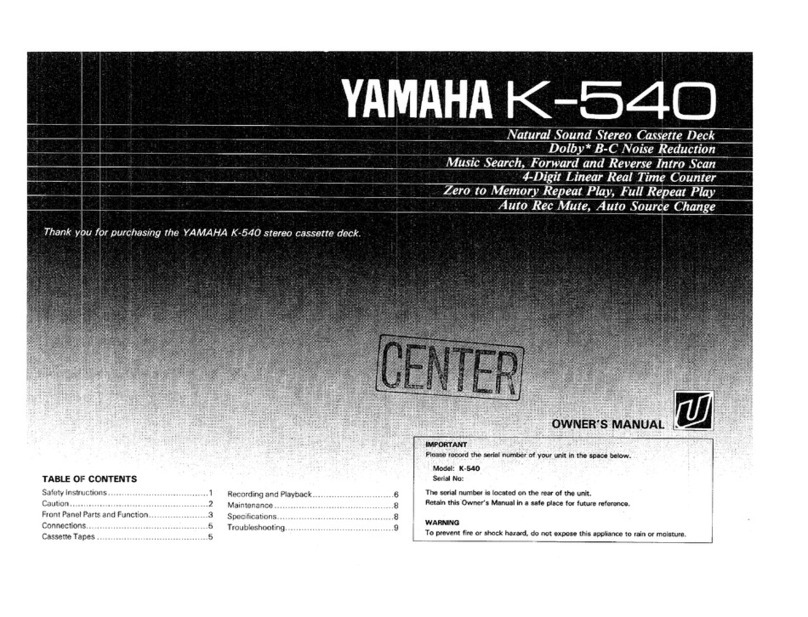
Yamaha
Yamaha K-540 User manual
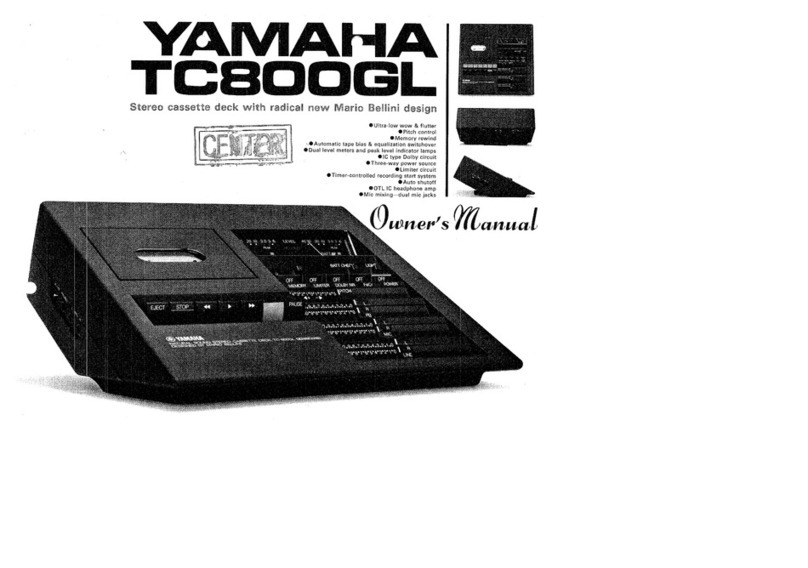
Yamaha
Yamaha TC800GL User manual
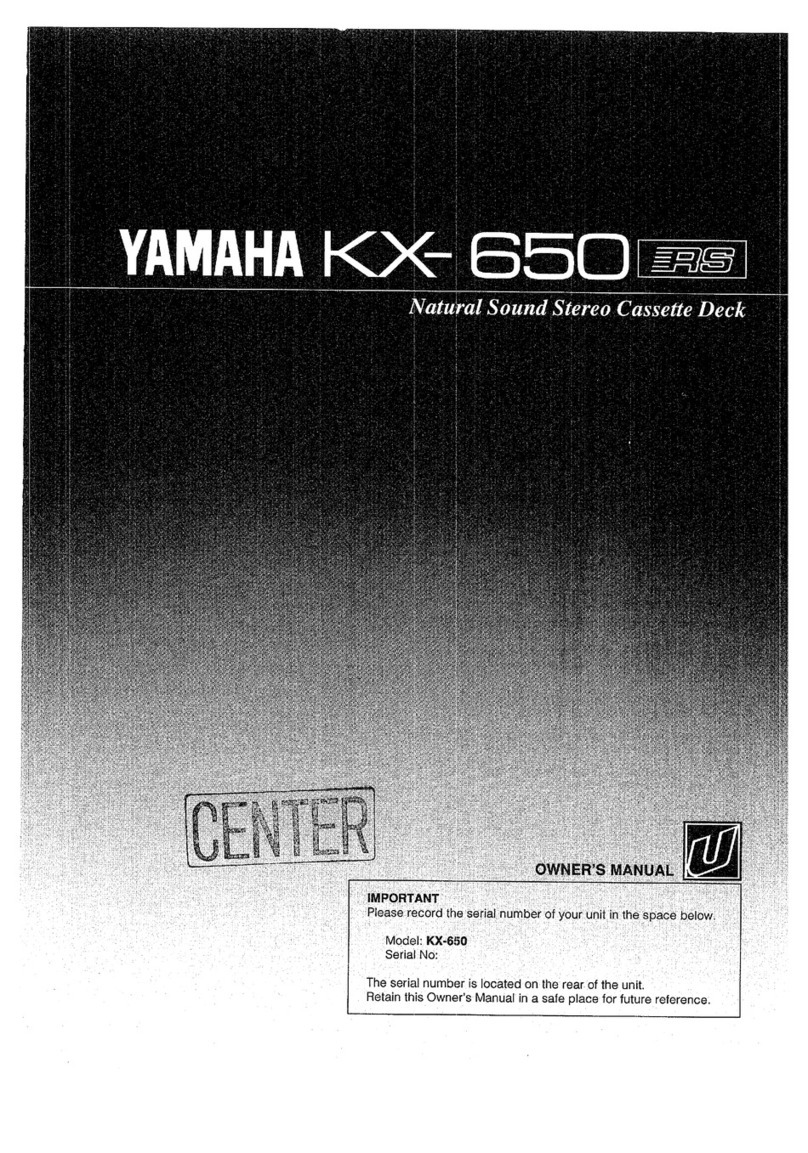
Yamaha
Yamaha KX-650 User manual
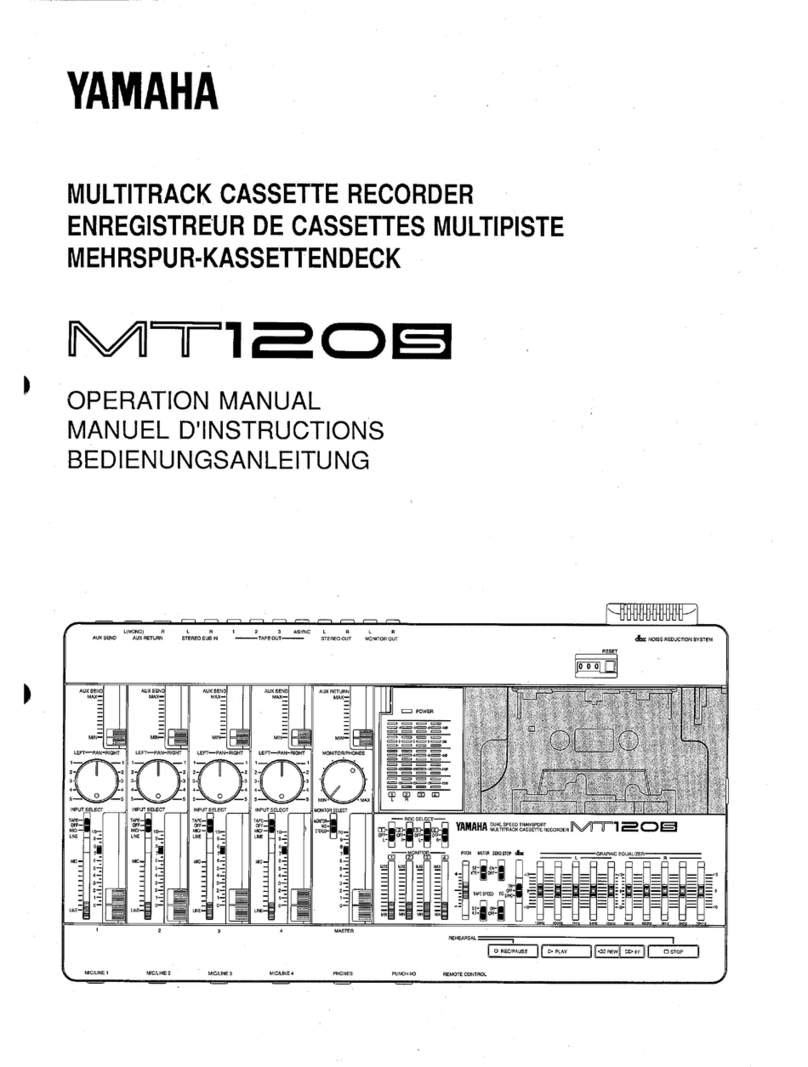
Yamaha
Yamaha MT120S User manual

Yamaha
Yamaha DTR2 User manual
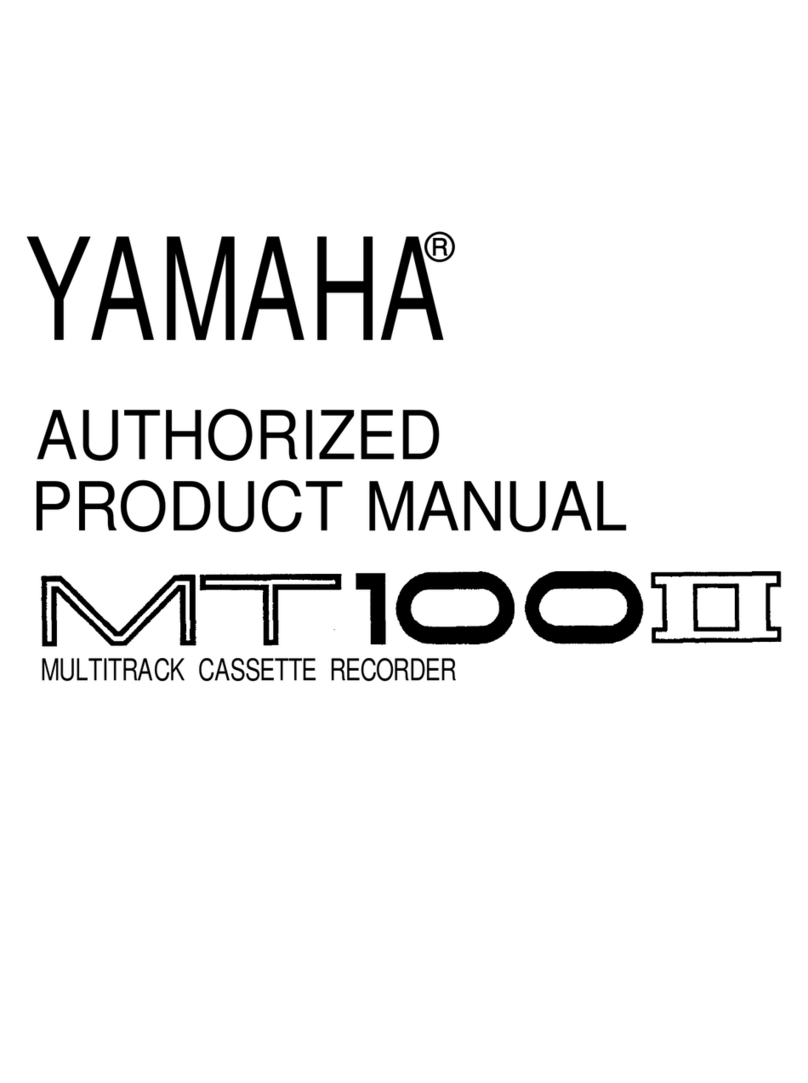
Yamaha
Yamaha MT100II User manual

Yamaha
Yamaha KX-300 User manual
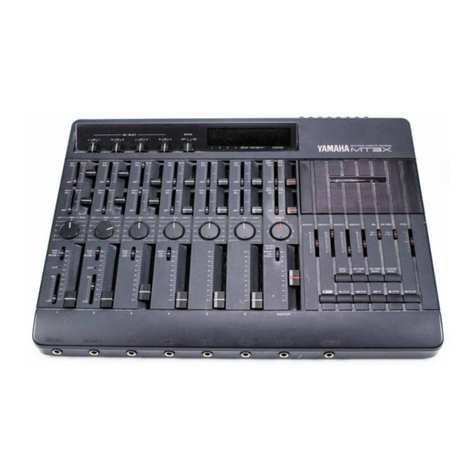
Yamaha
Yamaha MT3X User manual

Yamaha
Yamaha MT100 User manual

Yamaha
Yamaha K-220 User manual
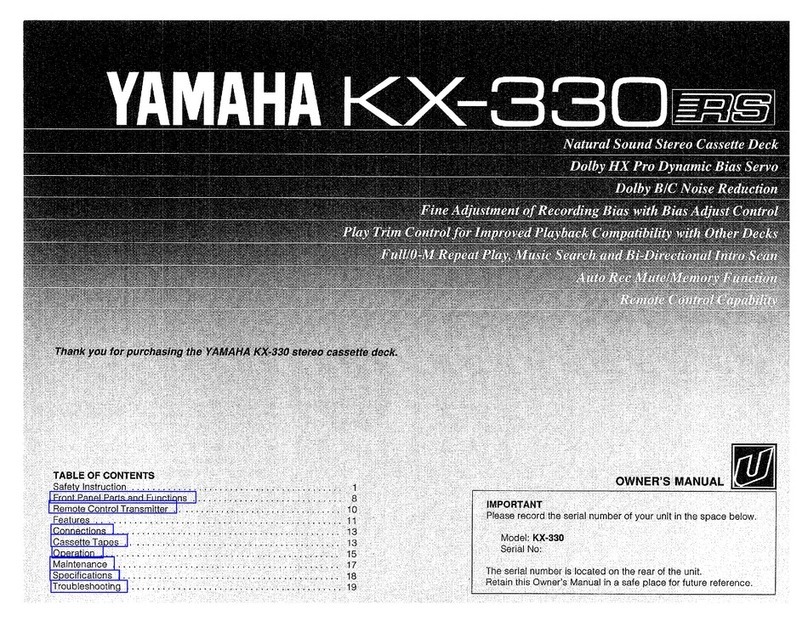
Yamaha
Yamaha KX-330 User manual
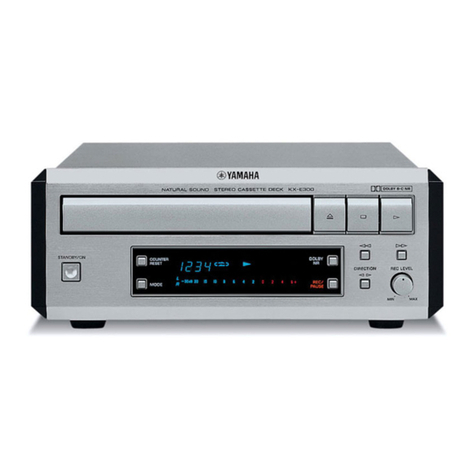
Yamaha
Yamaha KX-E300 User manual

Yamaha
Yamaha KX-W10 User manual

Yamaha
Yamaha MT8X User manual

Yamaha
Yamaha K-600 User manual

Yamaha
Yamaha MT4X User manual
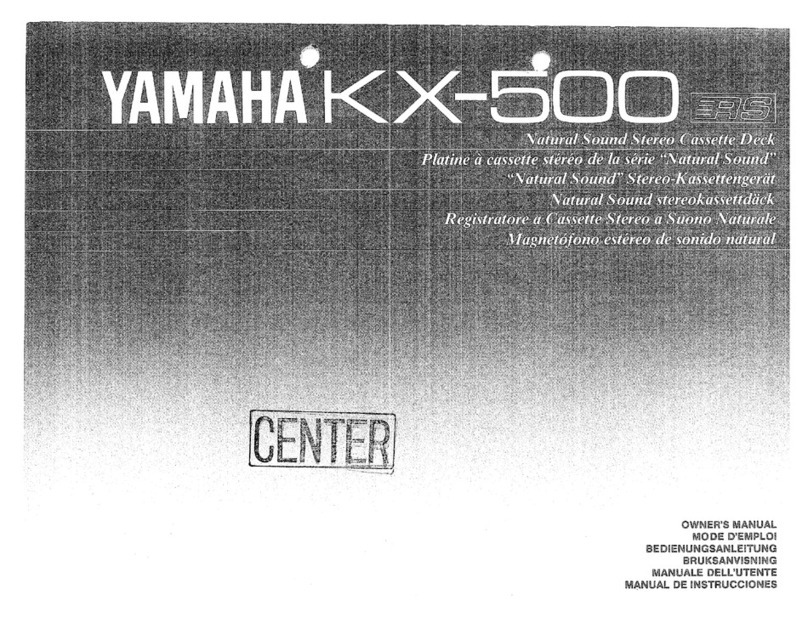
Yamaha
Yamaha KX-500 User manual

Yamaha
Yamaha K-31 User manual

Yamaha
Yamaha KX-500A User manual
